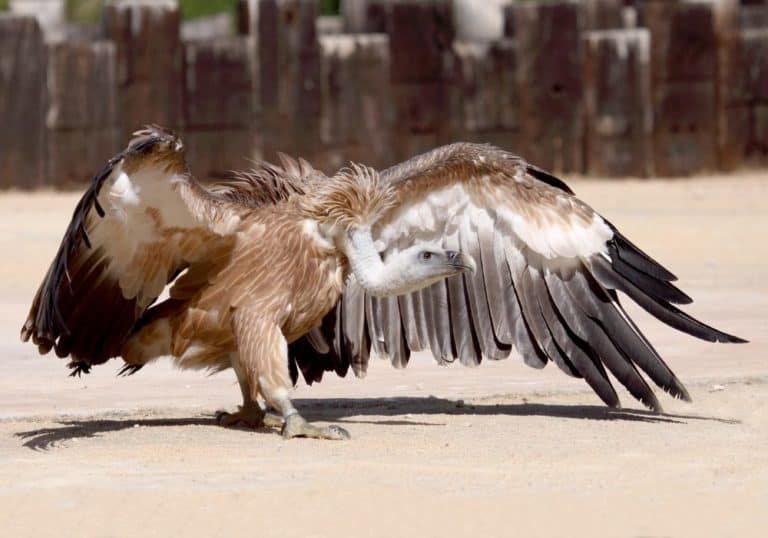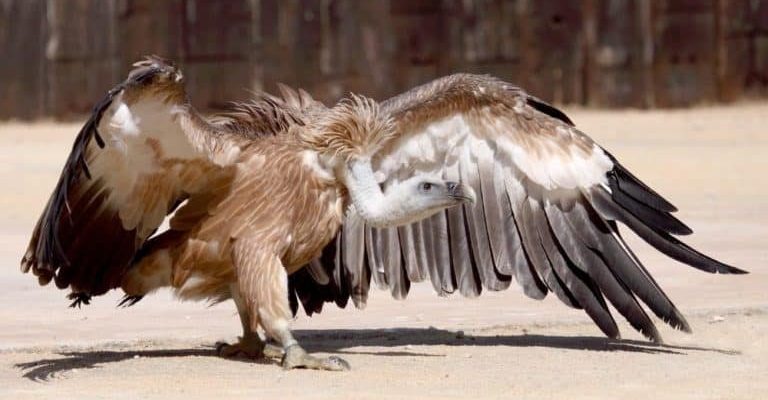
As we sip our coffee and dive into this topic, let’s explore how different societies view vultures. Are they harbingers of doom, or are they respected as symbols of renewal? There’s a lot to unpack, and you might find yourself surprised by the layers of meaning behind this often-overlooked bird. So let’s take a closer look at how vultures have woven their way into the fabric of human stories and beliefs.
The Vulture in Ancient Cultures
Vultures have a long history in ancient cultures, often seen as sacred creatures. In **Egyptian mythology**, for instance, the vulture represented **maternal care** and protection. The goddess **Nekhbet**, depicted as a vulture, was a symbol of motherhood and was believed to guard the Pharaohs. This connection to royalty and protection elevated the vulture’s status from mere scavenger to a figure of reverence.
But it doesn’t stop there. In many Native American tribes, vultures are regarded as **cleansers of the earth**. They play a crucial role in the ecosystem by eating carrion, which prevents the spread of disease. This practical role is beautifully symbolic, representing the idea of transformation and renewal. So, rather than fearing these birds, indigenous cultures often honor them for their vital contributions to nature.
The Symbolism of Death
You might be wondering why vultures are often associated with death. This connection is powerful and complex. In many cultures, if you see a vulture, it often indicates that something is dying or has already passed away. However, it’s crucial to recognize that death in many traditions isn’t just an ending; it’s also a beginning.
In some African cultures, vultures are believed to guide souls to their resting places. They act as intermediaries between the living and the dead, helping to facilitate a smooth transition. By portraying vultures in this way, these cultures remind us that death is a necessary part of life’s cycle, making room for new growth and experiences.
Folklore and Modern Literature
Let’s pivot to folklore and literature, where vultures often take on distinct roles. In many **fairytales** and **myths**, they can either be villains or wise creatures that possess hidden knowledge. For example, in some stories, the vulture appears as a sly character that knows the secrets of the world. Through its scavenging nature, it represents the need to face uncomfortable truths, encouraging characters (and readers) to confront what they might avoid otherwise.
In modern literature, authors like **C.S. Lewis** and **J.K. Rowling** have used the imagery of vultures to symbolize foreboding or change. Lewis’s **”The Chronicles of Narnia”** features vultures as ominous creatures that signal danger. Meanwhile, Rowling’s **”Harry Potter”** series uses various birds—vultures included—to depict darker themes, like betrayal and the circle of life.
Vultures in Popular Culture
In popular culture today, vultures often pop up in unexpected places. Think of movies like **”The Jungle Book”**, where vultures are portrayed as quirky and lovable characters. Instead of the usual grim representations, they bring humor and a lighter tone, showcasing another side to these often-misunderstood creatures.
Moreover, vultures have become symbols of environmental awareness. Documentaries and nature programs highlight their role in ecosystems, changing the narrative from one of fear to **appreciation**. This shift is essential as we continue to grapple with environmental issues. By understanding and valuing vultures, we can foster a deeper respect for nature and its balance.
Vultures Across Different Regions
The representation of vultures isn’t universal—it varies across different regions and cultures. In **South America**, for instance, the **Andean condor**, a type of vulture, is celebrated as a national symbol in countries like **Chile and Argentina**. Here, it embodies strength and freedom as it soars high in the mountainous skies. It’s considered a guardian of the mountains, connecting the people to their land and heritage.
In contrast, in some parts of **Asia**, vultures face a more tragic story. They’ve been plagued by threats such as habitat loss and poisoning, leading to significant population declines. This has prompted various initiatives to raise awareness about their ecological importance, emphasizing the need for conservation. This cultural shift highlights how vultures can be seen as both symbols of loss and prompts for action.
Contemporary Spiritual Interpretations
Nowadays, many people are reinterpreting the vulture’s symbolism in a **spiritual context**. Individuals in modern spirituality often view vultures as messengers from the spiritual realm, signifying change and transformation. They remind people to embrace life’s cycles, including death and rebirth. This perspective encourages living authentically and understanding that endings often pave the way for new beginnings.
Furthermore, vultures are increasingly viewed as symbols of **resilience**. They thrive in conditions where many other animals cannot, teaching us about adaptability and survival. This resilience can inspire us in our own lives when we face challenges.
The Role of Vultures in Conservation Efforts
As we highlight all these cultural representations, it’s important to turn our gaze to conservation. Vultures face significant threats worldwide, with several species listed as endangered. As the stories around them change, so do our responsibilities. Conservation efforts are crucial not just for the vultures themselves but also for maintaining ecological balance.
Organizations worldwide are working hard to protect vultures. They focus on educating people about their role in the ecosystem and the dangers they face, such as poisoning and habitat loss. By appreciating the cultural significance of vultures, we can foster a deeper commitment to their conservation. After all, these birds are not just scavengers; they are essential members of our world, embodying the cycle of life in its rawest form.
So there you have it! Vultures are far more than what they appear on the surface. From ancient Egypt to modern conservation efforts, they are woven into our stories and cultures in fascinating ways. They symbolize death and rebirth, resilience, and transformation, reminding us of the delicate balance in nature.
Whether you come across a vulture in a fairy tale, a spiritual reflection, or out in the wild, take a moment to appreciate what it represents. As we continue to explore and learn about these incredible birds, we can all contribute to a future where they thrive alongside us. Let’s embrace the legacy of the vulture and ensure its place in our cultural narrative remains strong.

